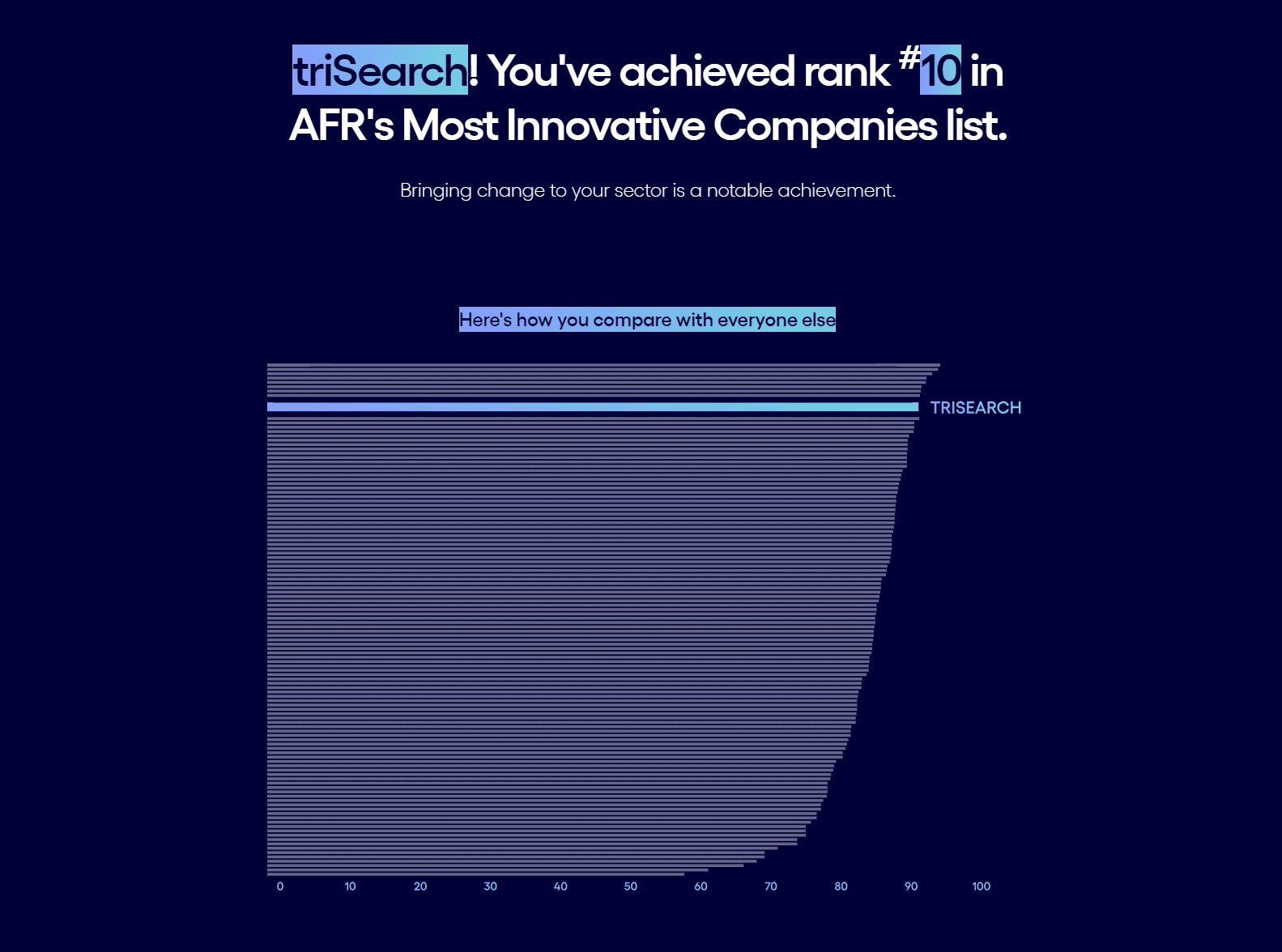With just a few weeks to go before the new financial year, now is the time to start working through your end-of-year checklist.
An end-of-year checklist can also act as a catalyst for ensuring your books are up-to-date, the business is tidy digitally (and physically if you’ve made it into the office this year throughout the pandemic), all payroll and accounts are balanced, you’re not keeping any unnecessary data or physical files, and analysing your goals for the year.
It is also a time to acknowledge your employees and ensure they feel appreciated.
Overall, taking the time to tick these six steps off the list will considerably help your business and employees have a fresh start in the new year.
1. Business Clean Up
Cleaning up all aspects of your business is a crucial step to your end-of-year checklist. While the term “cleaning up” your business may have many connotations, for the purposes of an end-of-year checklist, it refers to the chance to clean up your client lists and data files.
Firstly, cleaning your prospect list to align with your business goals will be an important step. You should also, however, clean up the data from any old clients, and ensure all files have the correct contact information, contracts of sale, and the invoice is balanced.
The second phase of an end-of-year checklist clean-up will include seeking improvements to your software and search files. Is your data on them organised and stored correctly?
Ensure at this stage you also ask yourself if now an opportune time is to start fresh with a clean and organised system.
If ever you were going to make the change to a new system, triConvey offers an all-in-one conveyancing solution with a simple and secure data switch.
2. Reconcile accounts receivable
Squaring away any outstanding invoices is a crucial step to your end-of-year checklist. Especially if you don’t want to spend your holiday emailing clients’ reminders or start the new year by contacting old clients to remind them to pay their invoices.
Furthermore, conducting a reconciliation will prevent any inaccuracies related to receivables from being removed from the financial statements prior to their examination by the company’s external auditors.
Run reports on outstanding invoices. These reports can contain a wealth of information past what is just outstanding. Look for holes in the system you use to conduct invoice follow-ups and reminders.
3. Internal payroll
End the year by checking for any corrections that need to be made to your payroll. Ensure taxable fringe benefits, such as third-party sick pay or a company car, are accounted for. Other benefits that are easy to forget include educational reimbursement, health and life insurance, and transportation subsidies.
This is another good strategy for looking at your expenses to compare your firm’s profitability vs staff expenses.
4. IT clean up
Having everything IT organised and tidied up will set you up for an easier return in 2022. Back up your computer, back up your contacts, download important files and reports, evaluate if new systems can better your organisation, particularly with file naming and sorting.
This is also a good chance to work through cleaning up your website and socials. Look at the front end and back end of your website, is it all in sync, do you have any content you can post during the break to keep an active website, does it need better optimising? Consider asking yourself these questions when cleaning up your website.
5. Reflect
Evaluate your goals from last year. Now that you know where your business is having cleaned up the majority of your business. Now is the time to take a look at how you achieved your goals. Pull out your business plan and any other planning documents, such as last year’s action plan, and review last year’s goals.
Ask yourself: did your business accomplish what you set out to do? Why or why not? Make some notes about how you did this year.
Now that you’ve laid the groundwork, you’re ready to do some business planning. That means that you are going to:
-
- Set next year’s goals.
-
- Prepare an action plan or plans.
-
- Start implementing your action plans.
Before you set any goals, however, make sure you are setting ones that are going to help you achieve what you want to accomplish. Your targets for the year should line up with your broader, long-term business objectives.
6. Appreciate your employees
Lastly, and most importantly, acknowledge the work of those around you, appreciate your staff and express your gratitude.
The end of the year is a great excuse to reward your team for the work they’ve done over the past 12 months. This reward could come in the form of business-wide paid time off, flexible schedules, and, yes, monetary incentives.
A year-end reward in any form is a good way to boost morale and increase worker satisfaction as you head into the new year. As the end of the year approaches, don’t forgo looking back at everything you and your team have accomplished.
Document your wins and share them widely. Your employees will appreciate ending the year on a high note, and they’ll feel motivated to hit the ground running come July 1.
Ultimately, ticking off each step in an end-of-year checklist can lead to an impressive, productive and profitable following year.
It will produce a refreshed energy and enthusiasm from your staff to keep performing and present you as a small business owner with the chance to improve your overall workflow.

21 Ways to Reduce Your Firm’s Overheads
Whether you run a big or a small firm, expenses are something a business owner is always looking to cut. Before you consider downsizing the business, lawyers and conveyancers should first consider reducing overheads outside of staff.
Download this complimentary eBook by triSearch to learn 21 ways to reduce overheads.






